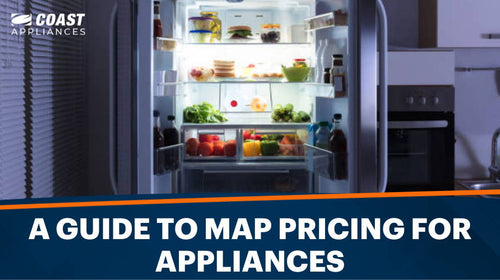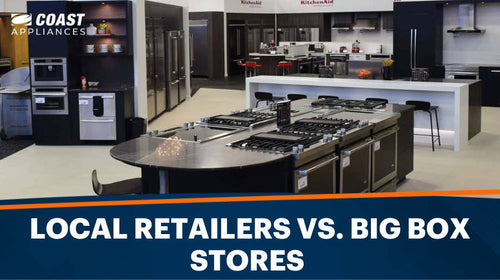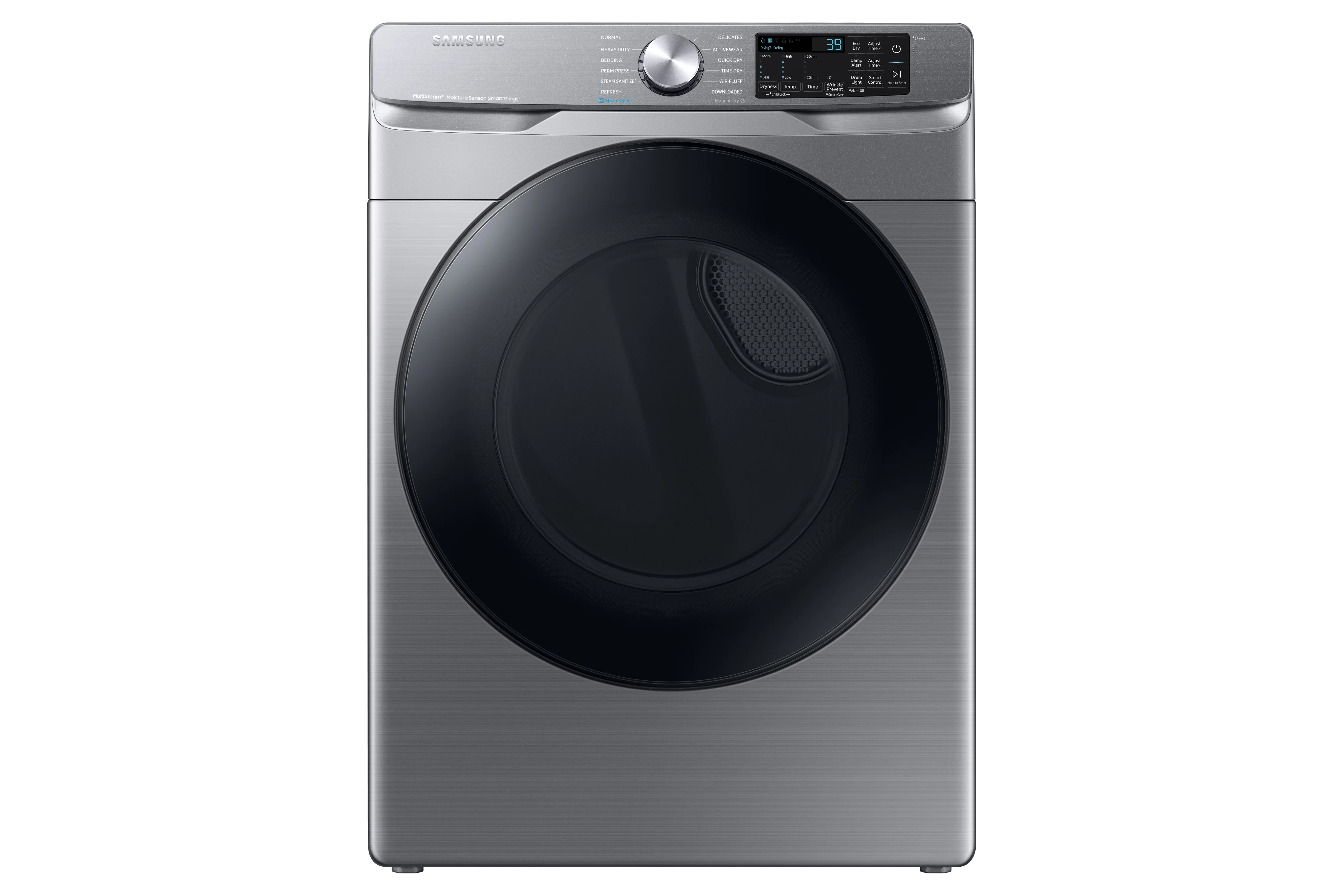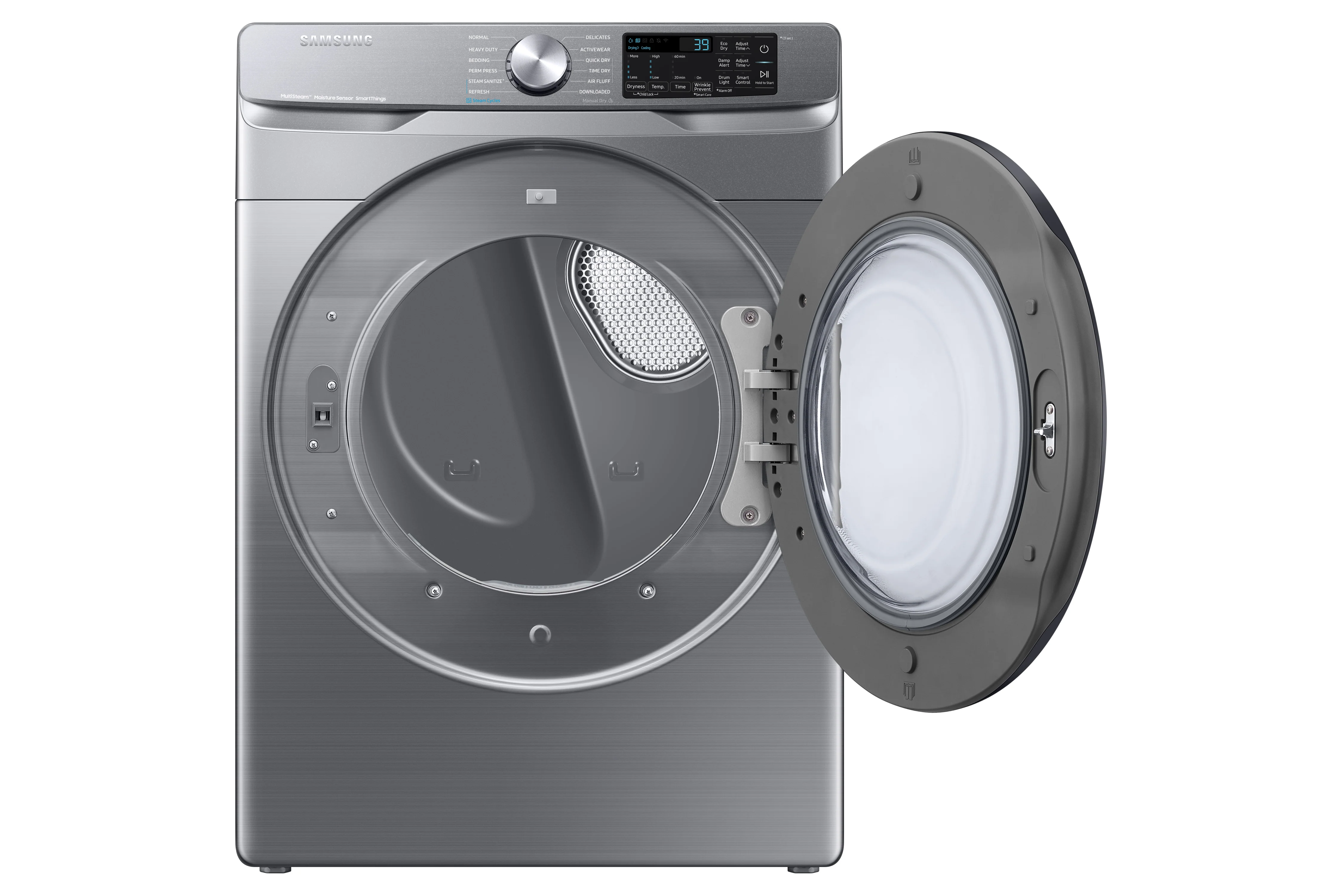You rely on your refrigerator to keep food and beverages cool, but how does it actually work? Learning more about how refrigerators work can help to care for your appliance and keep it in excellent condition, ensuring your appliance lasts for years.
Make sure you browse Coast Applainces’ full selection of refrigerators if you’re ready to buy a new fridge.
In this article, we’ll cover:
- What Are the Different Parts of a Fridge?
- How Do Refrigerators Work Step by Step?
- FAQs About How a Refrigerator Works
What Are the Different Parts of a Fridge?
While not all refrigerators are the same, there are some components and features that can be found on virtually every fridge. These parts play an essential role in the function of a refrigerator, helping keep food cool and safe for consumption.
The compressor
Compressors are typically located on the top or the bottom of a fridge. This part compresses and circulates a coolant called refrigerant, helping to control the fridge’s temperature.
The thermostat
A thermostat is used to monitor the internal temperature of the refrigerator. It can automatically switch the compressor on and off to keep the fridge at the optimal temperature.
The condenser
The condenser is one of several parts that helps remove hot air inside the fridge. It’s able to cool and condenser refrigerant, turning it from a gas into a liquid.
The expansion valve
An expansion valve is a metering device that transports liquid refrigerant and directs it to the evaporator inside the fridge. It reduces the pressure level of the coolant as it’s transported.
The evaporator fan
This fan is able to absorb hot air inside the refrigerator and release cold air, which it circulates across the fridge. The evaporator reduces the amount of moisture in the air inside the fridge.
The sight glass
Sometimes called the moisture indicator, the sight glass measures the amount of refrigerant inside the refrigeration system. Gas bubbles will appear when the system is low on coolant.
Pressure relief devices
If the pressure level in the refrigeration system is too high, it can cause a fire or an explosion. For safety reasons, refrigerators use pressure relief devices, like fusible plugs and bursting discs, that can release pressure as needed.
How Do Refrigerators Work Step by Step?
How does a refrigerator work, and how is it able to keep food cold? Why is a refrigerator able to stay cold all the time? The easiest way to answer these questions is by taking a step-by-step look at how a refrigerator functions.
Step 1: Compression
During the first step of the refrigeration cycle, refrigerant enters the compressor in vapor form. How does a refrigerator compressor work? After the vapor enters the compressor, it’s converted from a low pressure vapor into a high pressure vapor, heating the refrigerant.
Step 2: Condensation
The hot refrigerant passes through the condenser, where the vapor flows through a series of tubes. A fan blows air inside the tubes, cooling the vapor and turning it into a liquid. When the coolant is in a high-pressure liquid state, it leaves the condenser.
Step 3: Expansion
The liquid refrigerant passes through the refrigerator’s expansion valve. During this step, the liquid is gradually expanded, which reduces its temperature further. The pressure level of the coolant is also reduced.
Step 4: Absorption
The cold refrigerant passes through the expansion coils. Hot air is absorbed by the refrigerant, reducing the temperature inside the fridge. That hot air is converted into cold air, which is blown across the fridge through the evaporation fan.
Step 5: Evaporation
As the liquid refrigerant absorbs heat, it evaporates back into a gas. That gas travels back towards the compressor, continuing the refrigeration process.
FAQs About How a Refrigerator Works
Still want to learn more about how a refrigerator works? These simple, common questions and answers can give you a better understanding of how your appliance operates.
What keeps a fridge cold?
Refrigerators use a coolant called refrigerant to maintain a cold temperature. As the refrigerant passes through the fridge, it becomes a cold gas and absorbs heat inside the fridge. A fan blows cold air to reduce the temperatures even further.
What is the basic principle of refrigeration?
The principle of refrigeration requires heat to be moved from one area and transferred to another. Hot air inside the fridge is absorbed and is deposited outside the fridge. This is done through the use of a coolant called refrigerant.
How does a fridge compressor work?
When refrigerant gas enters the compressor, it’s pressurized, which causes the refrigerant to heat up. Heat from the hot gas is released through the coils on the back of the refrigerator. Once the refrigerant has been compressed, it leaves the compressor and moves on to the next step of the refrigeration process.
How does refrigeration preserve food?
How do refrigerators work, and how do they keep food at safe temperatures? By keeping food cold, refrigerators slow the spread of bacteria. This process keeps food fresh (and safe for consumption!) for longer.
Is refrigeration the same as freezing?
To refrigerate food, it should be kept at a temperature between 38 and 40°F (3.3 to 4.4°C). Freezing food requires it to be kept at 0°F (-17.7°C). When food is frozen, it solidifies, giving it a longer shelf life.
How do propane refrigerators work?
Electric refrigerators rely on coolant, but propane refrigerators function differently. How does a propane refrigerator work? It uses a propane flame to create ammonia gas that’s cooled back into a liquid.
Being able to answer questions like “how does a refrigerator work?” can give you a better idea of how this household appliance functions. Not only can this help you maintain your refrigerator, but it can also help you to choose high-quality appliances.
If you’re ready to buy a new appliance, browse our full selection of refrigerators and find an option that’s right for you.















